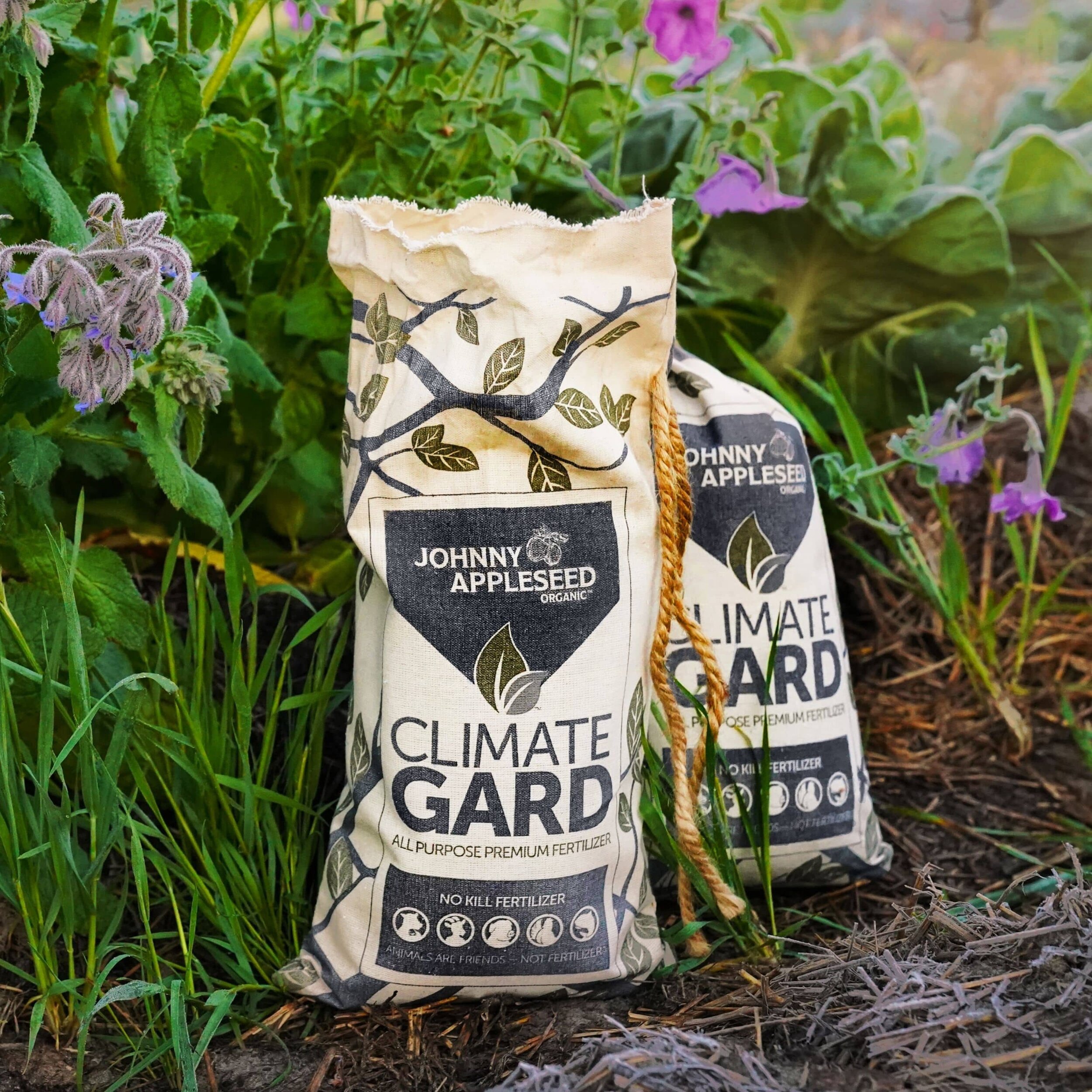Supercharging Plant Health with Silica
By Julian Smith PhD
The importance of silica in determining soil structure and form has long been recognized by hobbyist gardeners, professional farmers and agricultural scientists alike. One of the most abundant elements on earth, silica plays a crucial role in determining where a given sample sits on the well-known sand-silt-clay quality triangle, and has long been recognized as a key component of pest and disease resistance in grass crops like rice and sugarcane.
But the significance of silica in farming and gardening is actually much greater than that. Recent advances in agricultural research suggest it is also broken down and absorbed by the plants themselves, and goes on to play a critical role in their overall health.
Silica as a Plant Nutrient
Experiments conducted in the southeastern United States, for example, have demonstrated silica application substantially reduced bacterial and fungal pressure in small vegetable crops like potatoes and tomatoes. Separate research involving cotton suggests it may also play a role in phyllotaxis (the arrangement of leaves along the stem of a plant), resulting in improved orientation and erectness at the petiole (leafstalk).
Scientists believe these phenomena are driven by plant uptake of silicic acid, which is incorporated into cell walls, leading to improved membrane integrity. This results in better water relations within individual plants, helping to explain why drought tolerance tends to increase in high-silica environments.
Silica also plays a role in plants’ internal chemistry, helping them produce natural defense compounds that limit the damage of insect or large animal feeding, and prevent the resulting wounds from becoming further infected with disease.
Crystalline Silica vs. Amorphous Silica
Given its ubiquity, it should come as no surprise that there are myriad sources of silica on Earth. These range from the pure silicon dioxide sand you find on beaches or the golf course to deposits of volcanic dust which solidify over time.
Most agricultural silica is derived from the latter source, and at the microscopic level, it comes in two forms: a crystalline shape similar to common table sugar, and an amorphous shape more like the consistency of powdered sugar.
The shape is determined by the force of the volcano which helped create it. When a volcano erupts with moderate force, the resulting particulate matter doesn’t fly all that high into the atmosphere, allowing it to fall quickly back to earth, where it cools at an equally fast rate. However, powerful eruptions, like the 1980 eruption of Washington state’s Mt. St. Helens, cause particulate to fly very high into the atmosphere, taking longer to cool and fall back down to earth.
These slow-cooling, powdery particles allow for better permeation of air and water than their crystalline counterparts, making them more water soluble — and thus more plant-available — because their reactive surface area is much greater.
Silica as a Carbon Sink
Beyond the direct benefits to plant health, there is another reason why growers might want to consider adding a silica amendment to their soil improvement regimen. Recent experiments conducted at the University of Sheffield found that it may have a net negative effect on atmospheric carbon.
The working theory in this emerging field of research is that rainwater required to kickstart the process of weathering silicon dioxide contains dilute CO2, which remains in the soil — a particularly exciting notion for those engaged in no-till or minimal-till practices.
Conclusion
Whether you’re interested in changing the composition of your soil, improving your crop’s resilience to pests and disease or using agriculture to offset the damage of climate change, it’s clear that silica should be one of the tools in your arsenal.
If you’re interested in all three, making it a regular part of your soil amendment regimen is a no-brainer.
A native of Sheffield, England, and a naturalized U.S. citizen, Dr. J. Julian Smith holds a Small Grains Pathology and Physiology Ph.D. from the University of Stirling, and an Agricultural Botany B.Sc. from the University of Leeds. He is the founder and President of CZO Agronomics, a global consulting group devoted to technical advisory and end-to-end project management services in agribusiness and horticulture.
Looking for a fertilizer with silica?
Meet ClimateGard™ — Your New Sustainable Fertilizer
Sign up for Newsletter
Follow Us on Social
Cutting-edge microbiology
No kill formula
Superior plant nutrition derived from the most ethical, sustainable sources available.
Produces the same results as conventional fertilizers without the negative environmental impacts.
Each ClimateGard pellet is infused with micronutrients, silica, humic acid and a high-performance blend of living bacteria and fungi.
Delivered in an environmentally friendly organic cotton bag with a compostable inner liner.
Will continue to enrich your soil long after application.
$39.95 for 7.5 pound bag | $69.95 for 15 pound bag.



